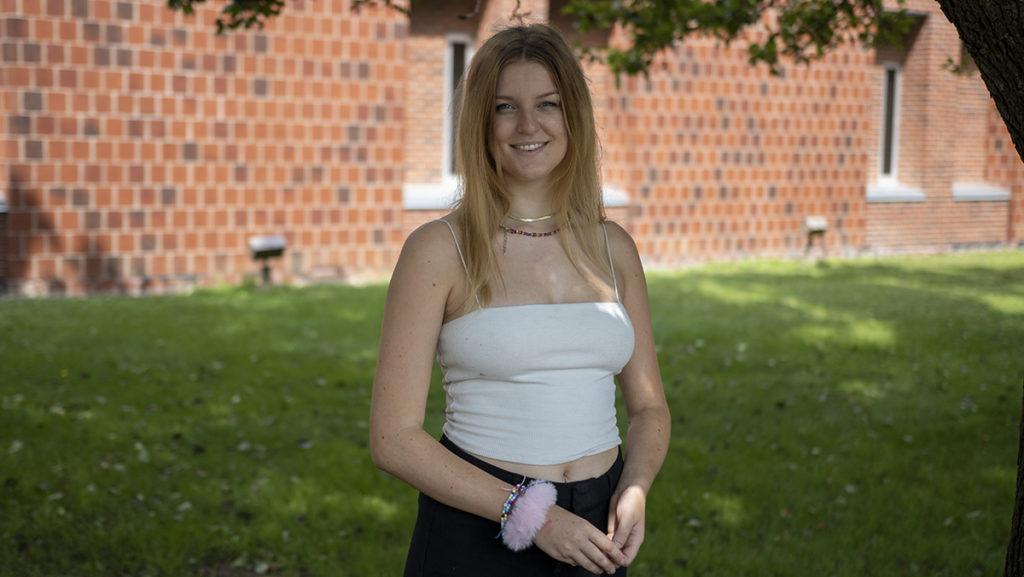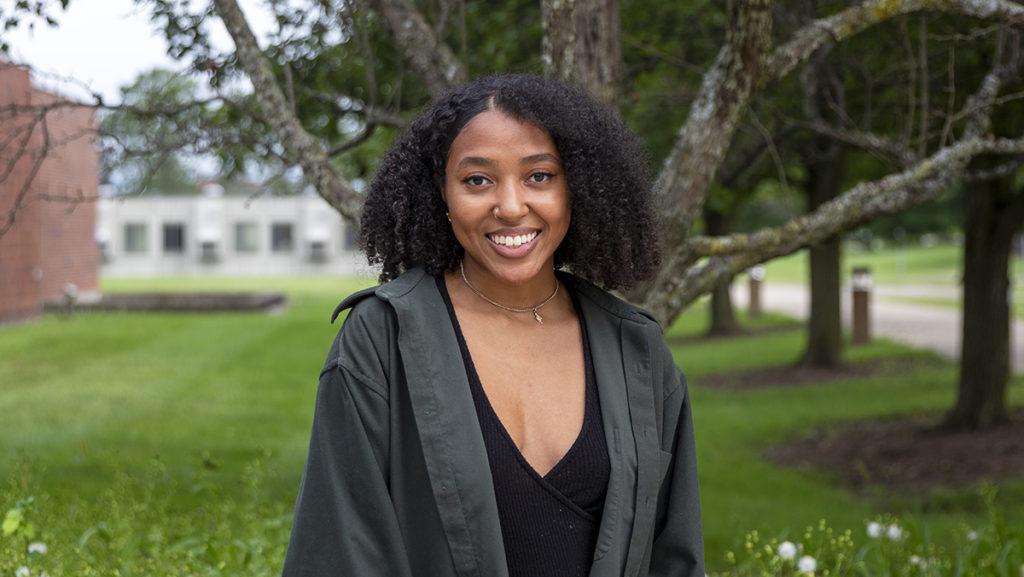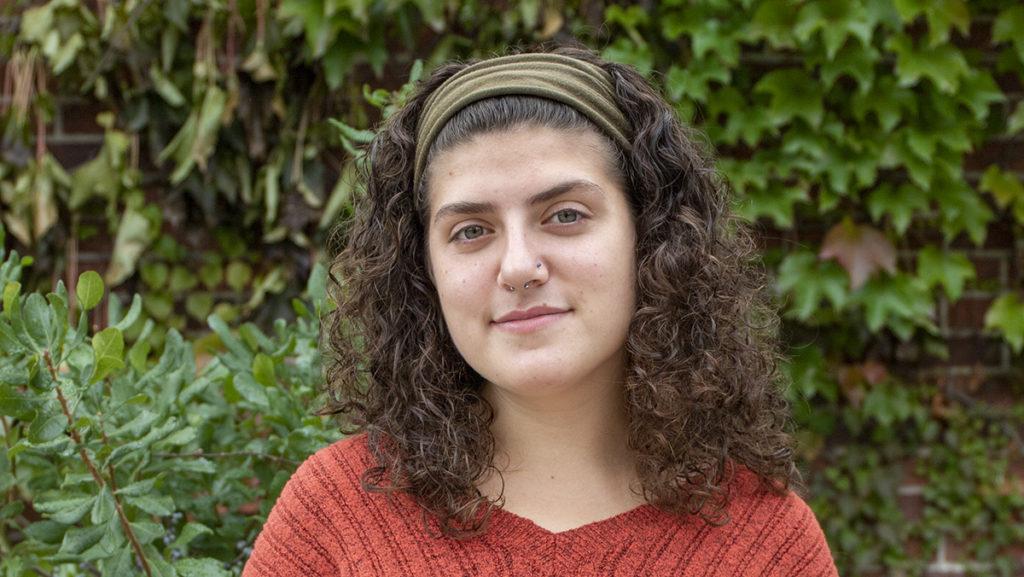Pieces of broken glass crunched into the sand under my feet as I walked. The air was dusty and smelled of garbage that was for too long neglected and left to rot by the side of the road. The sun is hot, burning my skin even through my clothes. Stray dogs wander through the streets looking for food and companions. This is the Africa that you see in publications like National Geographic and unfortunately it is still a sad reality in some areas of South Africa.
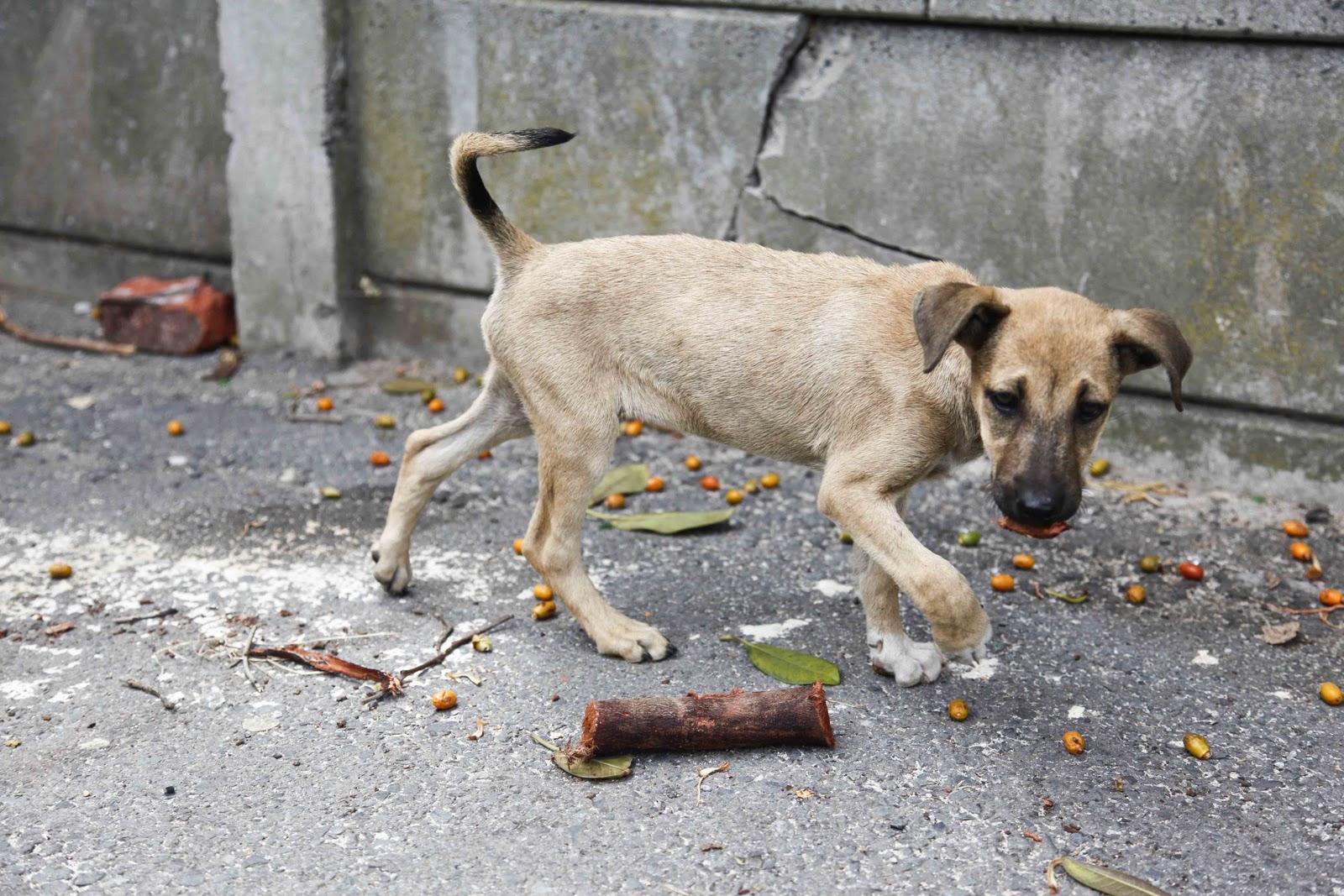
The Townships were created under apartheid rule and were the places where black and colored people were forced to resettle after they were removed from their homes in Cape Town. These places did not disappear after the ANC took control of the country and many still live here.
Many homes are dilapidated. Others made of found items or metal sheeting placed haphazardly together. Some seem unsuitable to live in, but then you see the eyes of a small child peek through a window and you know that that hovel is still a home.

As soon as the children saw me, they started screaming at the top of their lungs “Umlungu!!! Umlungu!!! WHITE PERSON!!! WHITE PERSON!!!!” White people are a commodity in these parts. White people mean money.
The children held my hands and walked with me, all the while laughing and smiling. They looked at my fancy camera and begged me to take photos of them. I complied. Soon the numbers of children around me grew exponentially as they clamored to have their picture taken and then to see it on the LCD screen. Small hands kept pulling at me in all different directions, each wanting attention, each wanting me.
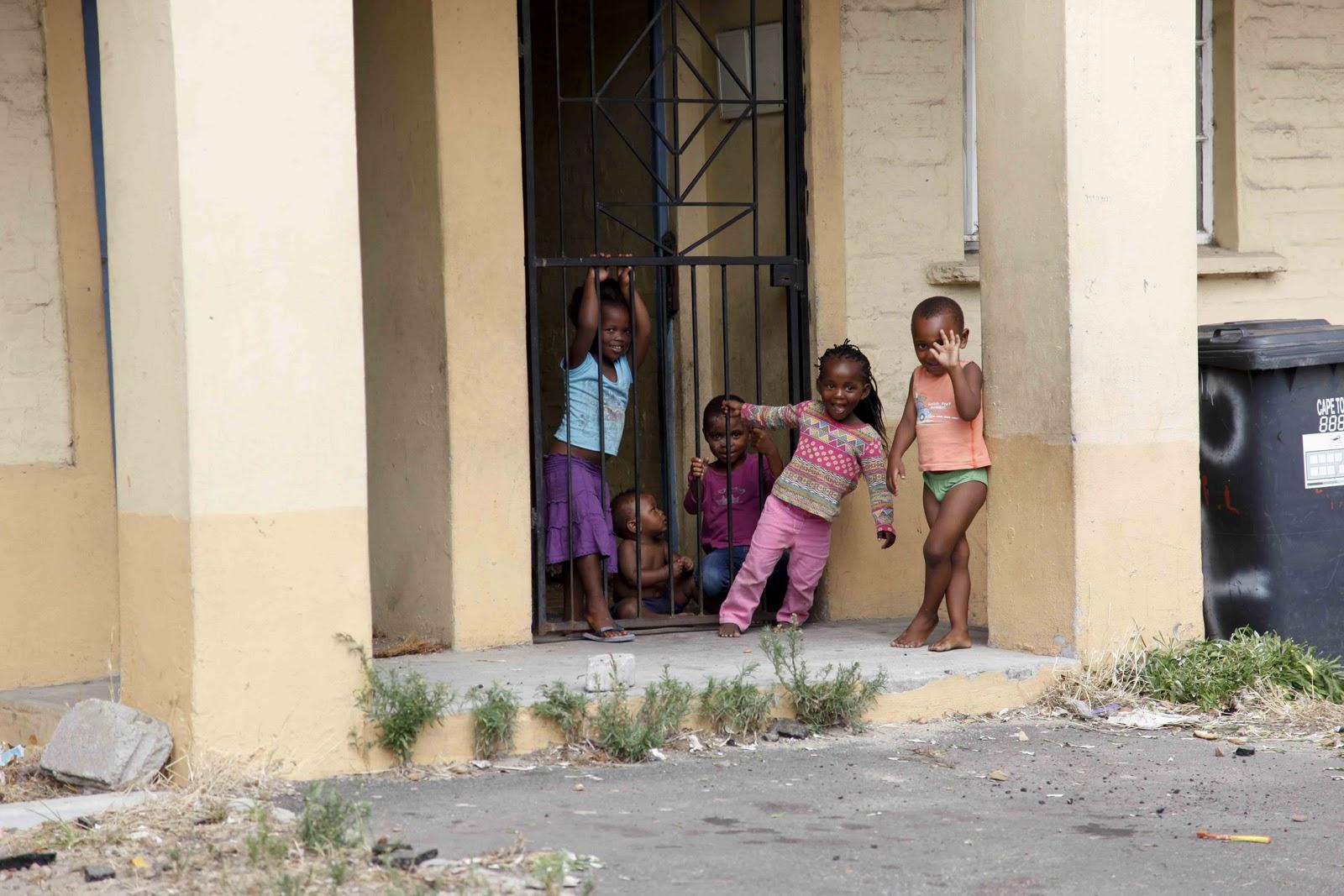
The poverty here is immense. Yes there is running water, electricity and bathrooms, but the amount and reliability of these vary greatly. Many of the adults work in Cape Town for minimum wage. 20 US dollars could feed a person for a week. 20 US dollars is the equivalent of 160 Rand.
The children then are left to their own devices, even from a young age. Free from the supervision of adults, children start to get in trouble. This escalates until small pranks and indiscretions turn into felonies as they get older.
Not every family is like this though. Most are thrown into this situation due to poverty and it turns into a vicious cycle.
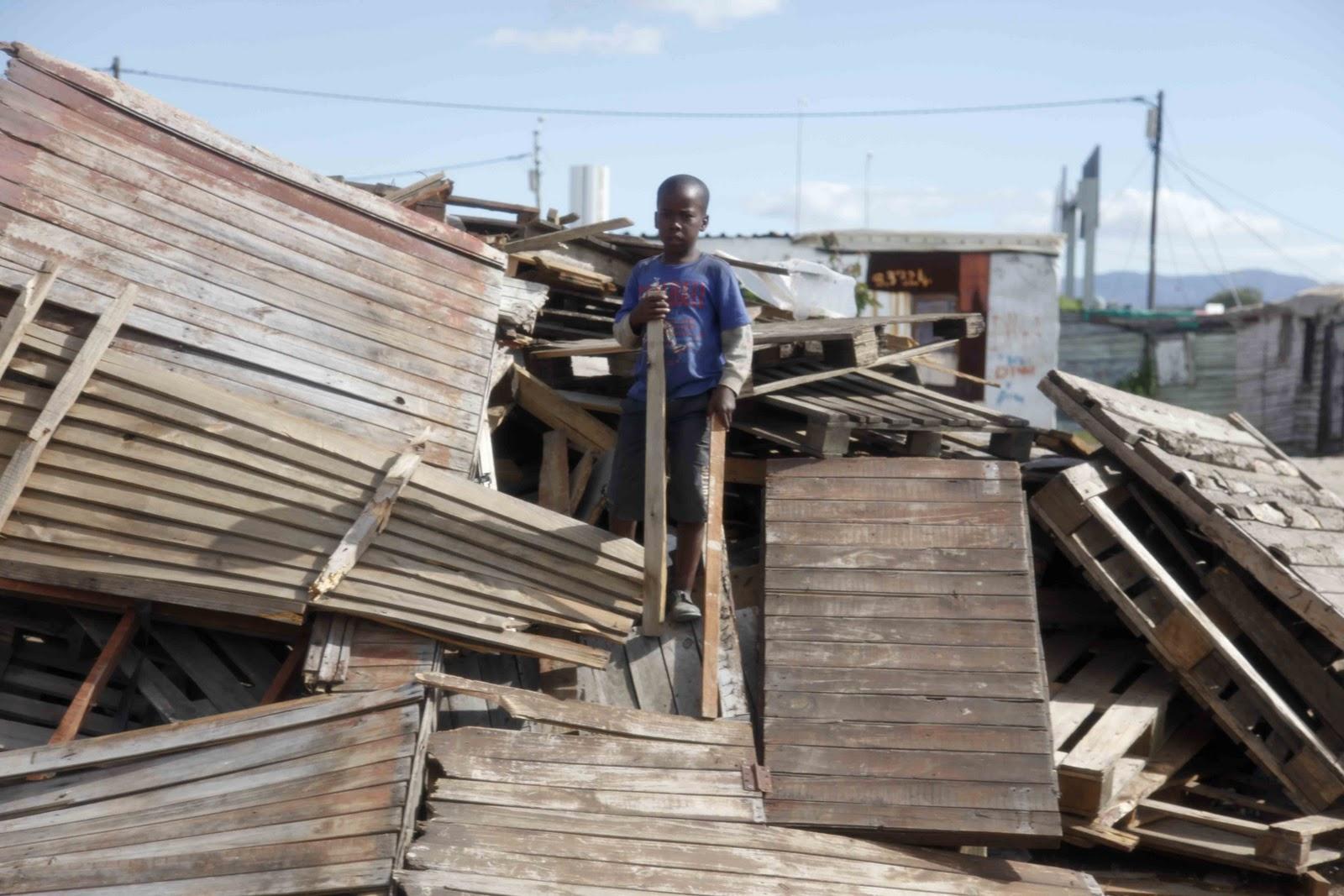
Mama Nosintho was my guide to Tambo Village, a small section of one of the larger townships. She had five children in her family, a husband and a whole extended family to take care of while balancing a job to make ends meet. She was tall and wearing a light blue cotton dress the first time that I met her. Her hair was put in dreads that reached her shoulders. She was a bit rounder after having five children but was still in shape. Her eyes were a dark grey and framed by light freckles on her cheeks. She had deep dimples that emerged whenever she smiled, which was often.
I was in her care for the weekend. She was my guide. I was the lost traveler.
If you have never seen this type of poverty before, it really unsettles you. Forget the poverty that you see in the United States. Though those cases are hard to bear witness to, the miles of shacks in the sandy Cape Flats will amaze you. It will make you think of how all that you take for granted in the US would be a godsend to many people.
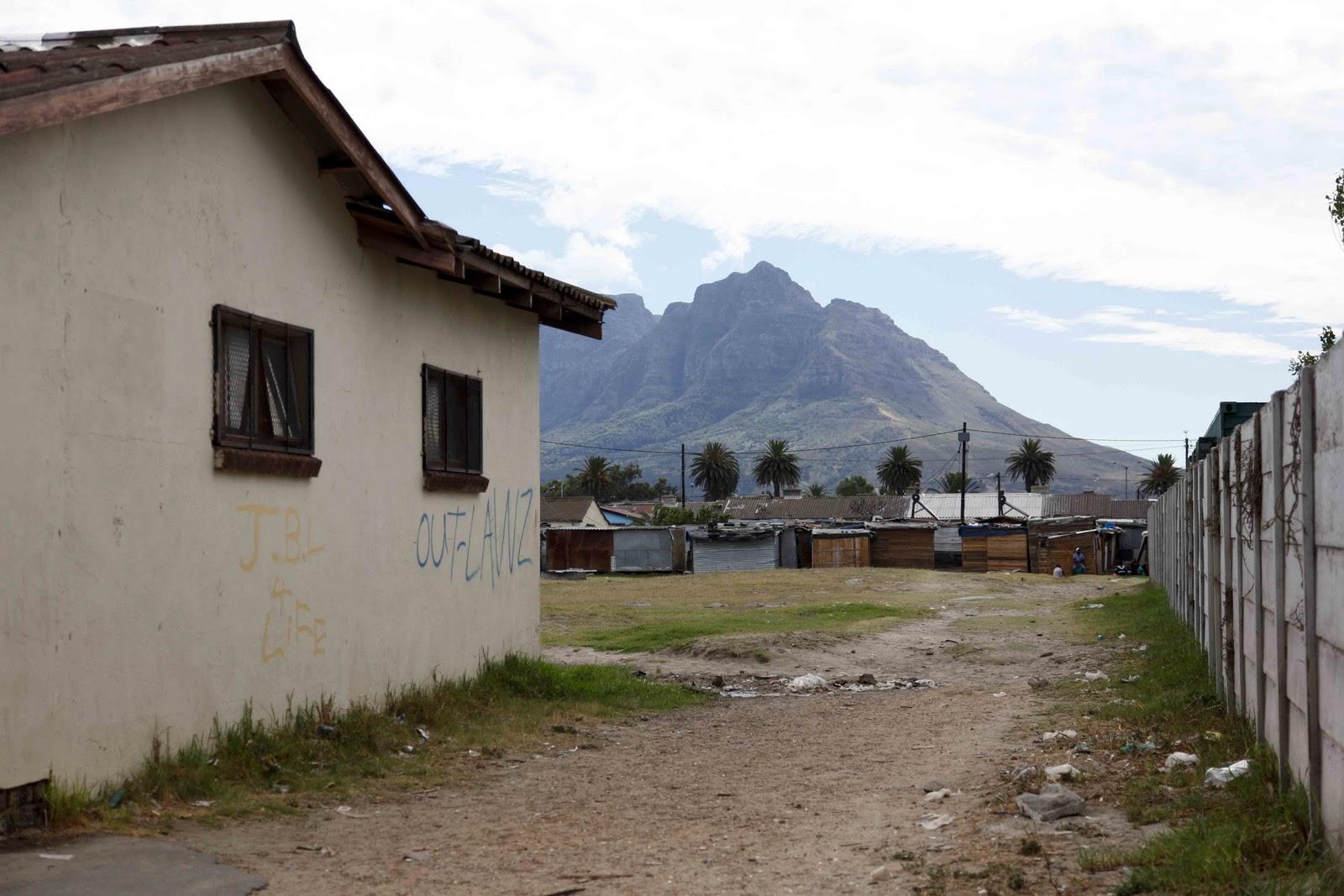
Of course not everyone has this epiphany while visiting a township. The townships also serve as a tourist area where people ride in on minibuses, “ooh” and “ahhh” at the spectacle of poverty and return to their five-star hotels to have prawns and lobster for dinner.
It’s not fair, but nobody said life was.
…To be continued


